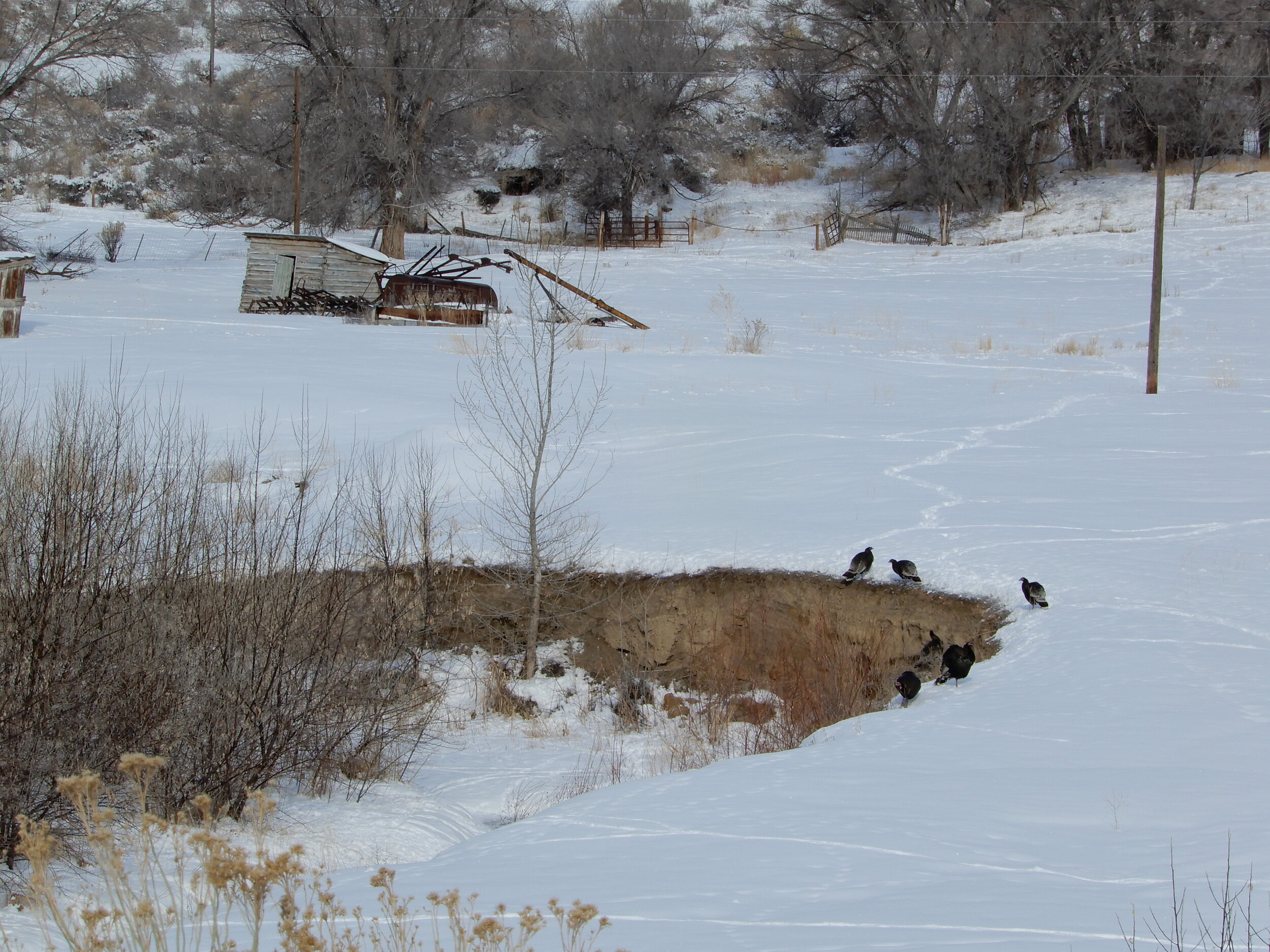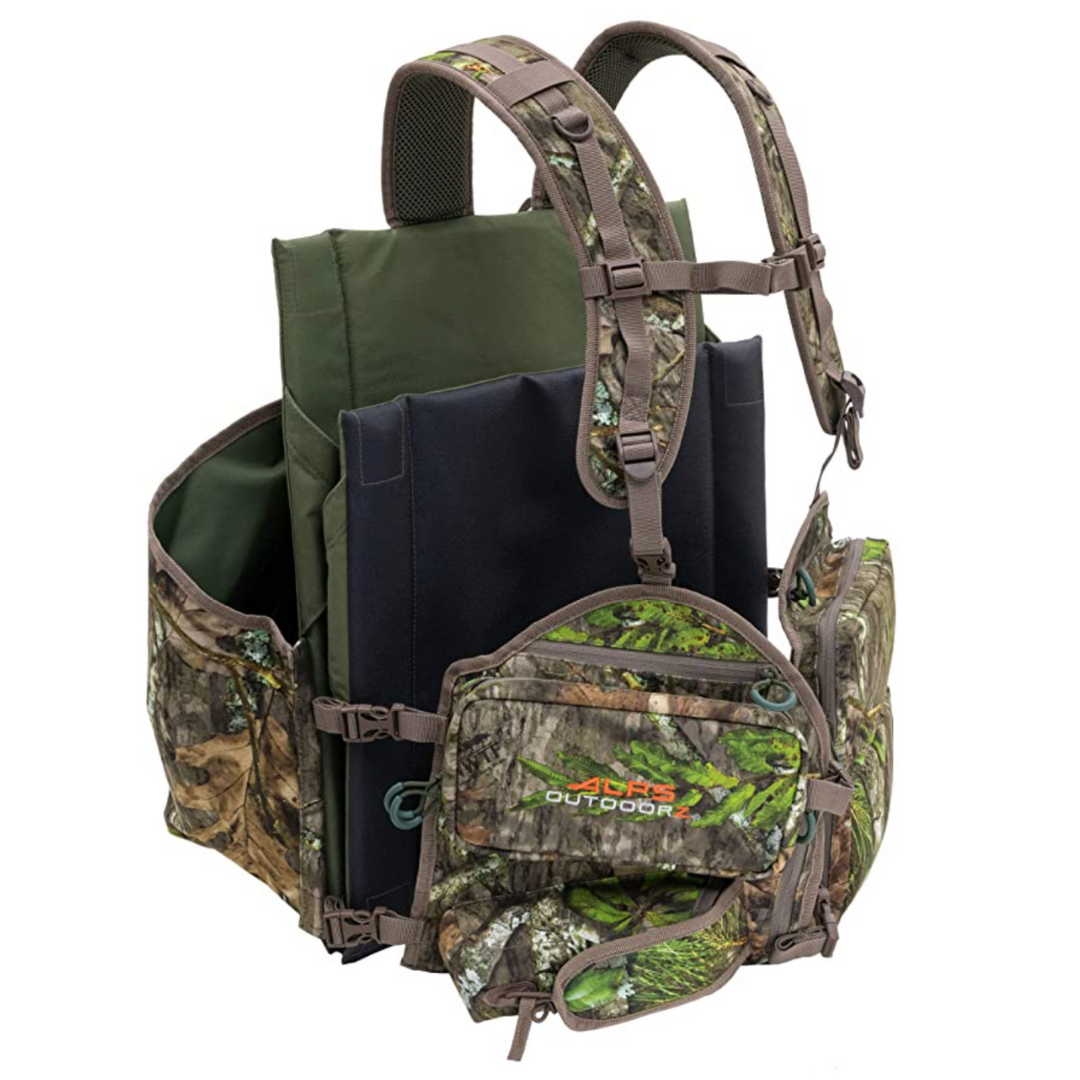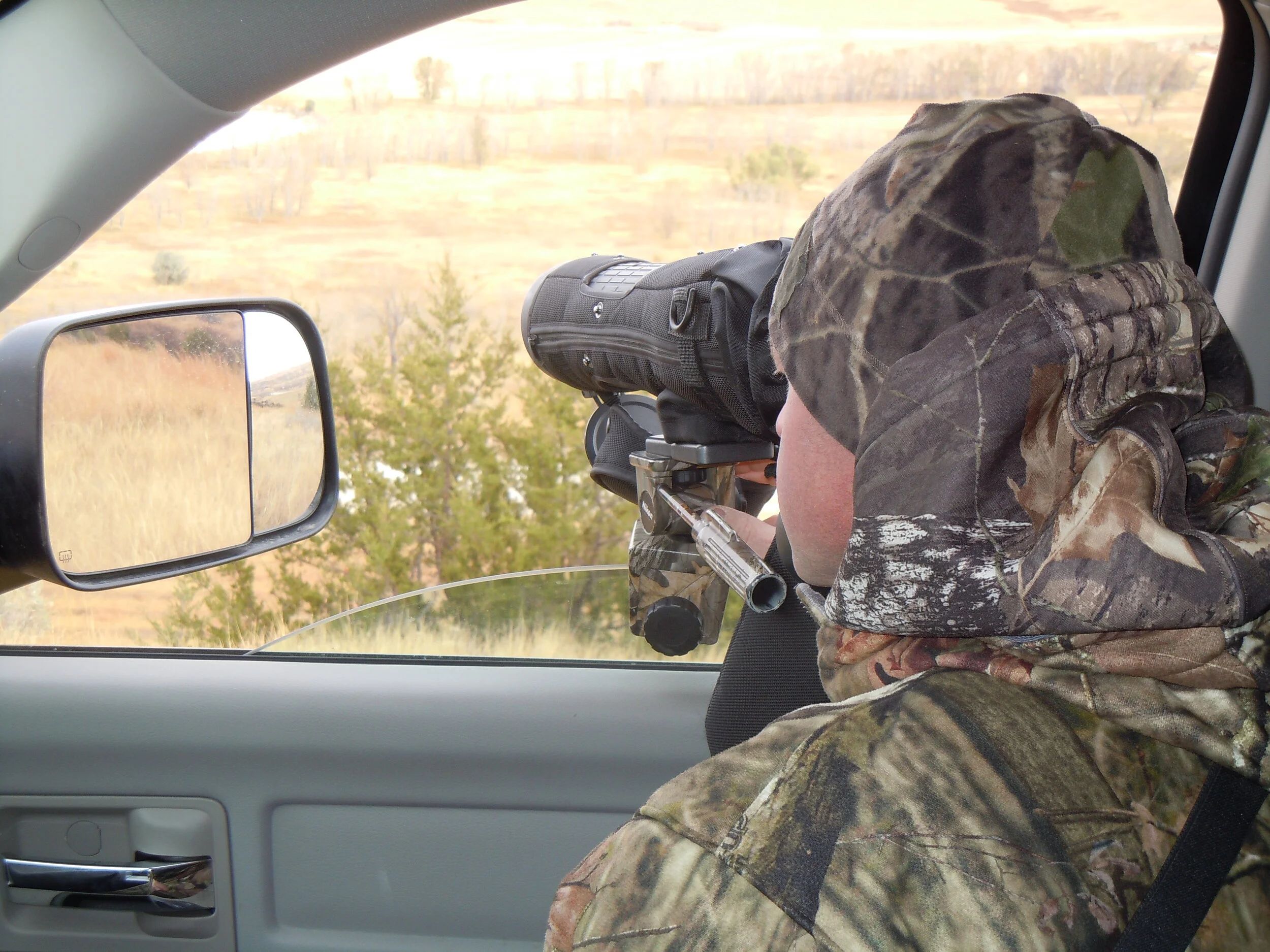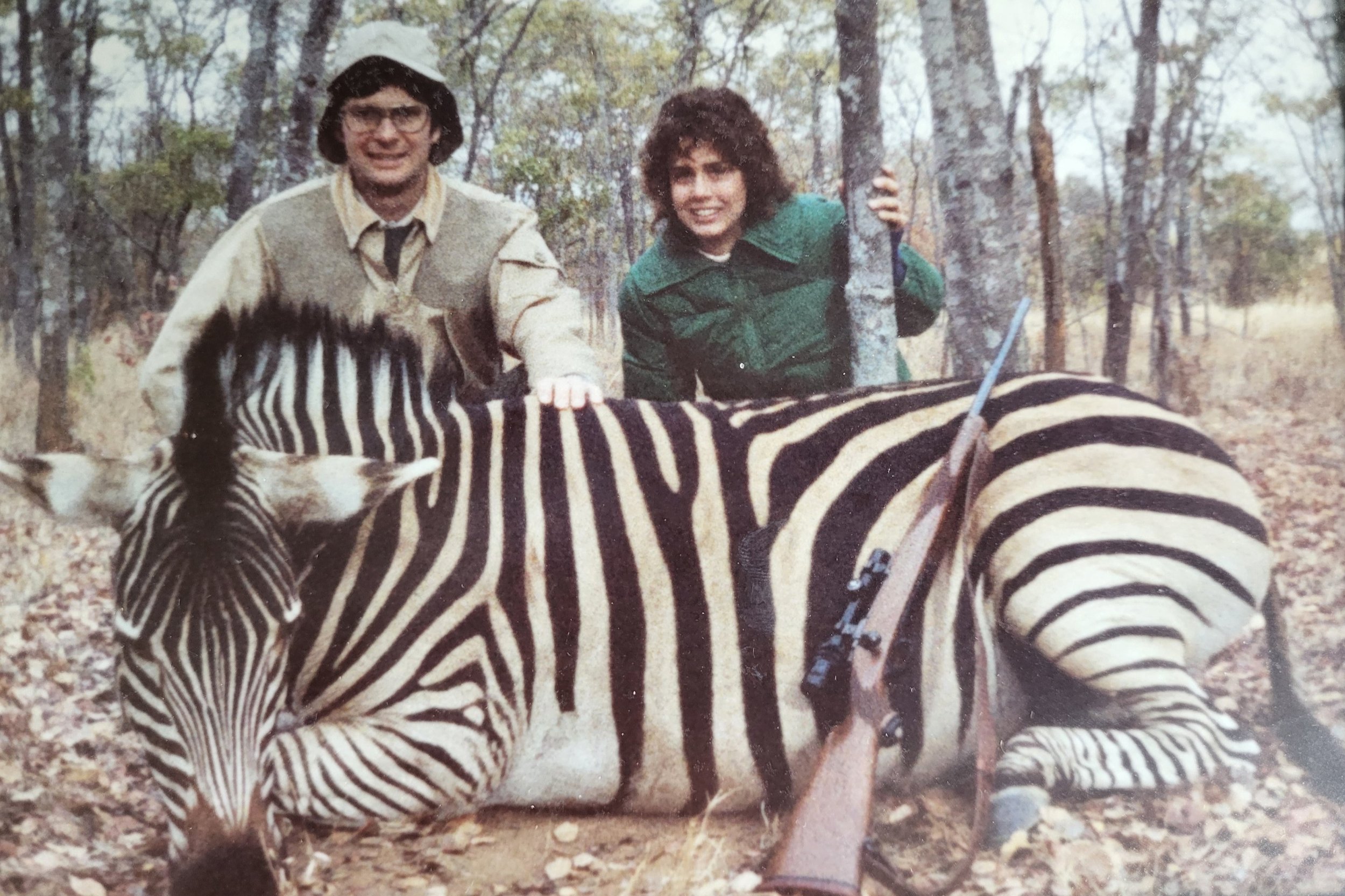Late Winter Scouting For Early Spring Turkeys
Snow or no snow, early March is the RIGHT time to put your spring turkey hunt plans in place.
Planning is critical if your goal is to tap a tom on opening morning. Staking a blind near a winter roost or loitering location can boost your odds for early season success.
Winter scouting for turkeys can reveal many clues on how many toms are in the area and potential early-season ambush locations.Winter flocks follow a routine that changes subtly through the season as food and conditions vary. In practically all cases, winter turkey flocks congregate in areas providing a combination of good food and hospitable habitat. When warmer spring weather arrives, flocks typically disperse from their winter zones, but a handful always seem to stick around. If a winter blast returns, even dispersed turkeys seem to find their way back to the winter haven for a brief respite. Finally, when hens become scarce due to nesting, wandering toms often revisit past winter haunts looking for one last Tinder hookup.
THE WINTER FLOCK
In practically all cases, winter turkey flocks congregate in areas providing a combination of good food and hospitable habitat. When warmer spring weather arrives with improving conditions, flocks typically disperse away from the winter zone.In winter, as much of the year, turkeys subdivide into three main groups: hens with young-of-the-year, mature gobblers, and packs of jakes. This is not a hard and fast rule, especially in Northern latitudes where severe weather often forces all ages and sexes into food- and habitat-rich environments. It is not uncommon for 100 to 400 birds to converge upon harvested grain fields, cattle feed lots, hay yards and mast-producing woodlots for winter feed.
The largest wintering flock I’ve personally witnessed was 400 birds visiting a rancher in the Missouri River breaks of South Dakota. Needless to say, that rancher was not happy with his sudden change of status from cattle baron to turkey farmer — with no legal right to take those birds to market. (Let’s give our farmers and ranchers a hearty thank-you for feeding some of our wild turkeys!)
Southern latitudes may not see such large winter flocks, but winter fields and forests don’t have much forage for turkeys. They’ll gravitate to any abundance of food, but not necessarily in the numbers you might see in harsher regions. Still, 40 or 50 birds taking advantage of spilt grain in a harvested Southern cornfield are not uncommon during winter months. If their pattern continues, you should have an opening-day advantage.
LOCATING WINTER FLOCKS
Keeping his distance and glassing with a binocular is Mark's preferred way to study winter turkey patterns.Whether you receive a tip from others or go it on your own, you will need a few essentials for scouting. A hunting/mapping app plus a binocular and spotting scope are the basic ingredients for locating late-winter flocks. Calls can also be helpful in dense cover areas, but optics are standout helpers. An 8X or 10X binocular lets you scan fields and woods edges from the road without disturbing local wildlife. But a spotting scope? Sure. More reach. It is not uncommon for turkeys to lounge in fields, scratching and soaking up the sun. If you observe them from a distance, they will often tolerate your presence. A 40- to 60-power spotting scope allows you to identify gobblers in the flock from as far as a mile, sometimes farther under ideal lighting conditions. You might be able to set up on a high spot and quickly scan many fields at once, getting an accurate count of specific flocks and a feel for total numbers in the region. If gobblers are already displaying, you may not even need a spotting scope.
Winter flocks usually break into groups of hens and young of the year, toms and packs of Jakes. Mark Kayser caught this group of toms enjoying the sunshine on a south-facing slope.Unless you are strictly hunting public lands, a hunting app with property ownership information is also crucial for wintertime scouting. Topographical overlays on maps also aid you by illustrating distant canyons, coulees and ridges where gobblers may retreat after the snow melts and buds sprout. Since most winter turkeys will not be too far from their springtime haunts, any nearby turkey-friendly habitat should be first on your list to visit if nobody answers the doorbell at the winter address.
Besides locating turkeys, winter is also the best time to contact landowners. Do not wait until spring. Winter months are generally not as work intensive as spring, which includes field preparation and tending to young livestock. Plus, any landowner inundated with noisy, hungry wintering turkeys should be primed to welcome a hunter promising to reduce some of his oversupply.
APPLYING WINTER FLOCK INFORMATION
Mark loves the advantage of a spotting scope to identify toms from a long distance.After watching the birds and compiling the basics on their daily routine, it is time to put your flock information to use. If you feel you have enough information simply by long-range glassing, map a route in and out from the roost for an opening-day assault. Your waypoints should be precise because any roost setup requires you to be in place at least 30 minutes before shooting light. An hour before is better. Erect your blind after turkeys have vacated the area. Hang a trail camera at the site to record activity when you cannot be on watch.
These are the steps I put into play to help my son get his first archery turkey back when he was in junior high. We kept tabs on a consistent flock for most of the winter, then, two weeks before season, we staked a blind near their preferred roost.
On the morning of our hunt, I staked a decoy in the dark and we settled into the blind to wait for early-morning conversation. Five minutes into shooting light, a tom and several hens landed near the decoy. Cole made his 10-yard shot moments later. In the words of “The A-Team” character John Hannibal Smith, “I love it when a plan comes together.”
Mark and Cole Kayser put in hours of winter scouting and zeroed in a roost where they staked a blind before the season. At the first opportunity in the season, the duo slipped into the blind in the dark and Cole arrowed his first archery turkey soon after.TURKEY SCOUTING AND HUNTING GEAR LIST
Rocky Mountain Hunting Calls Turkey Calls www.buglingbull.com
Sig Sauer Electro-Optics OSCAR Spotting Scopes and ZULU Binoculars www.sigsauer.com/electro-optics
Montana Decoy Co. Miss Purrfect XD Turkey Hen Decoy www.montanadecoy.com
Cabela’s Turkey Hunting Headquarters www.cabelas.com
BUY NOW FOR TURKEY SEASON!
CONTACT INFORMATION
For more about Mark Kayser and ways to follow him on social media, visit:
Mark Kayser Hunting Lifestyle www.markkayser.com
HuntStand Hunting App and Map Printing www.huntstand.com
Alps OutdoorZ Commander X + Pack www.alpsbrands.com/alpsoutdoorz
















